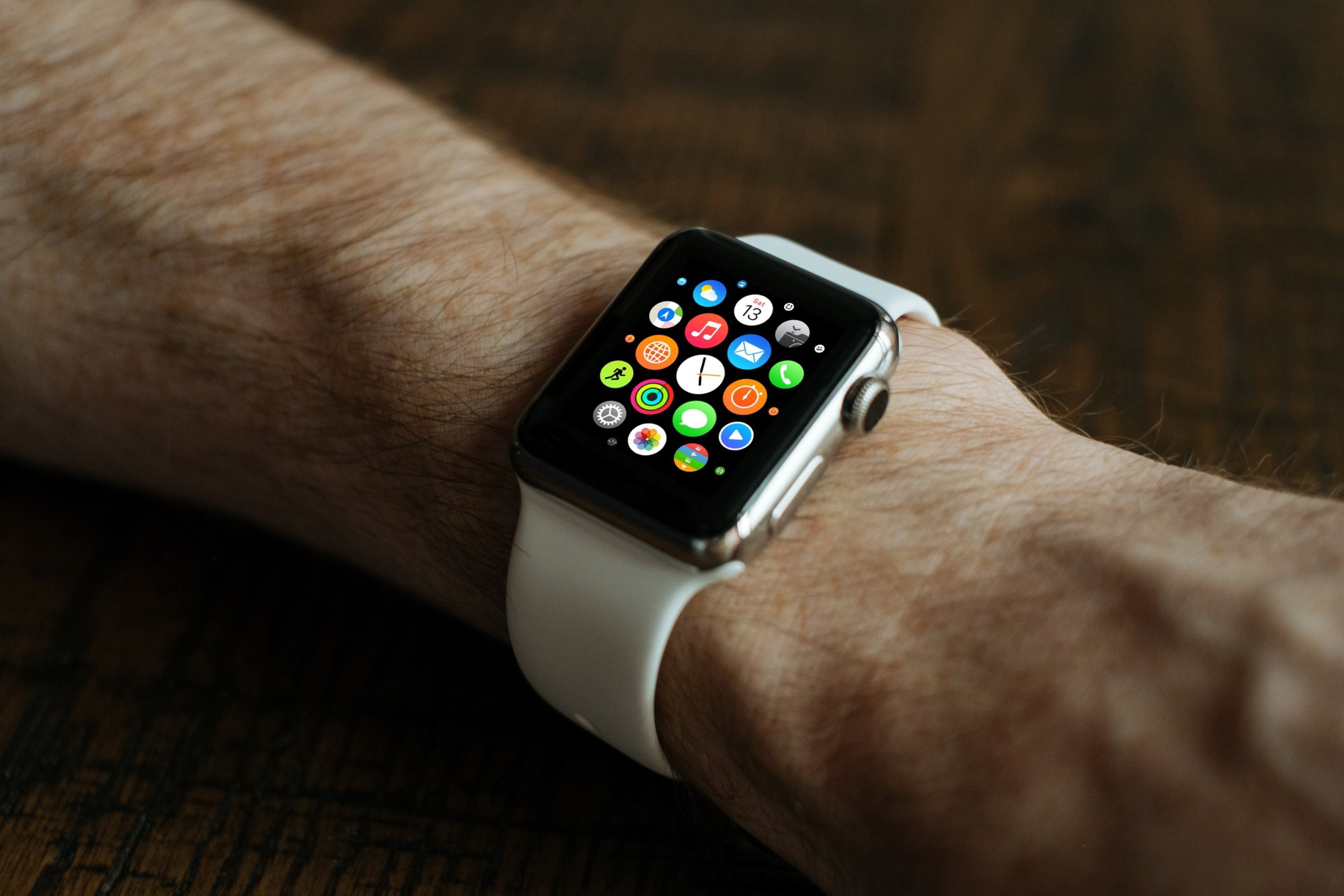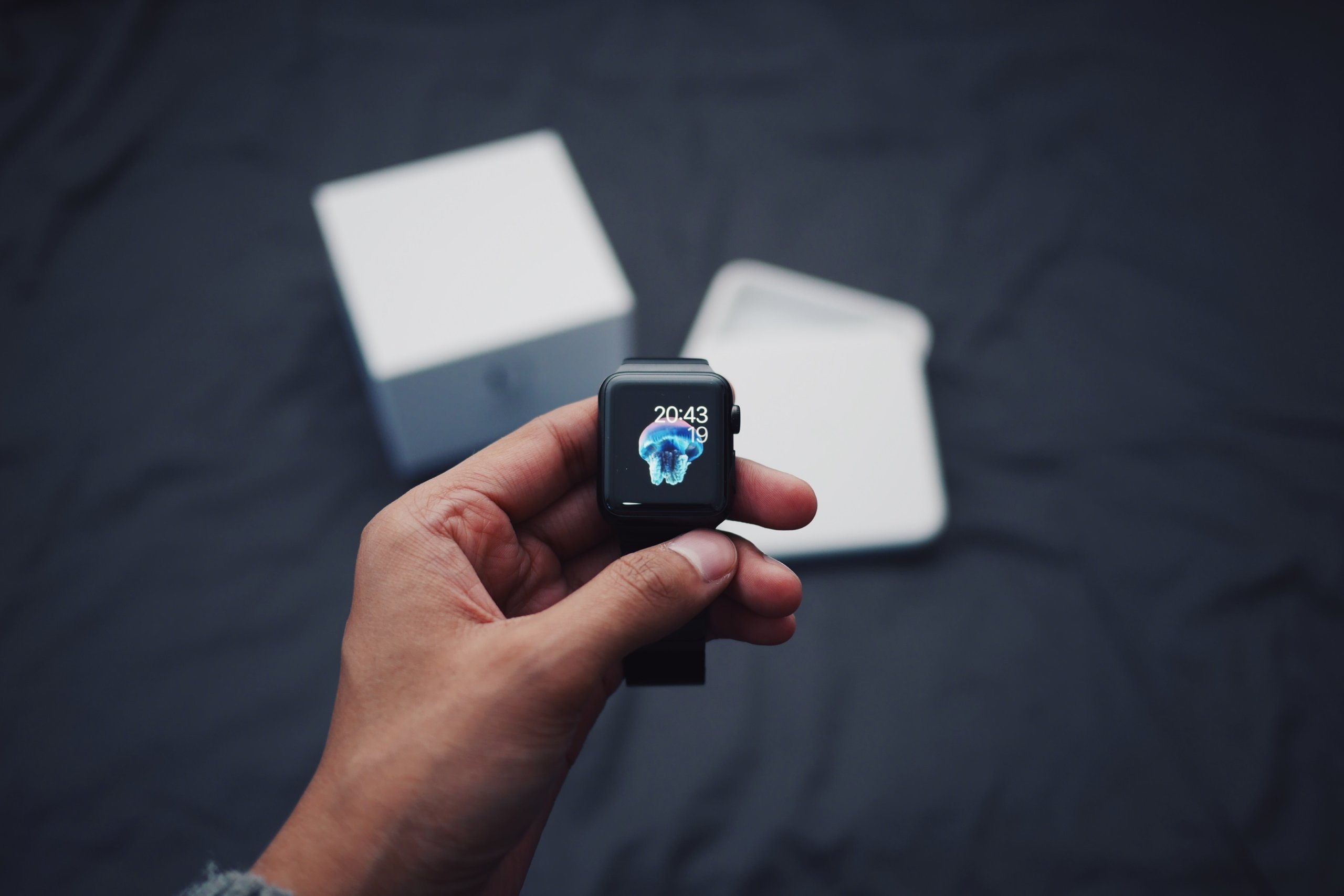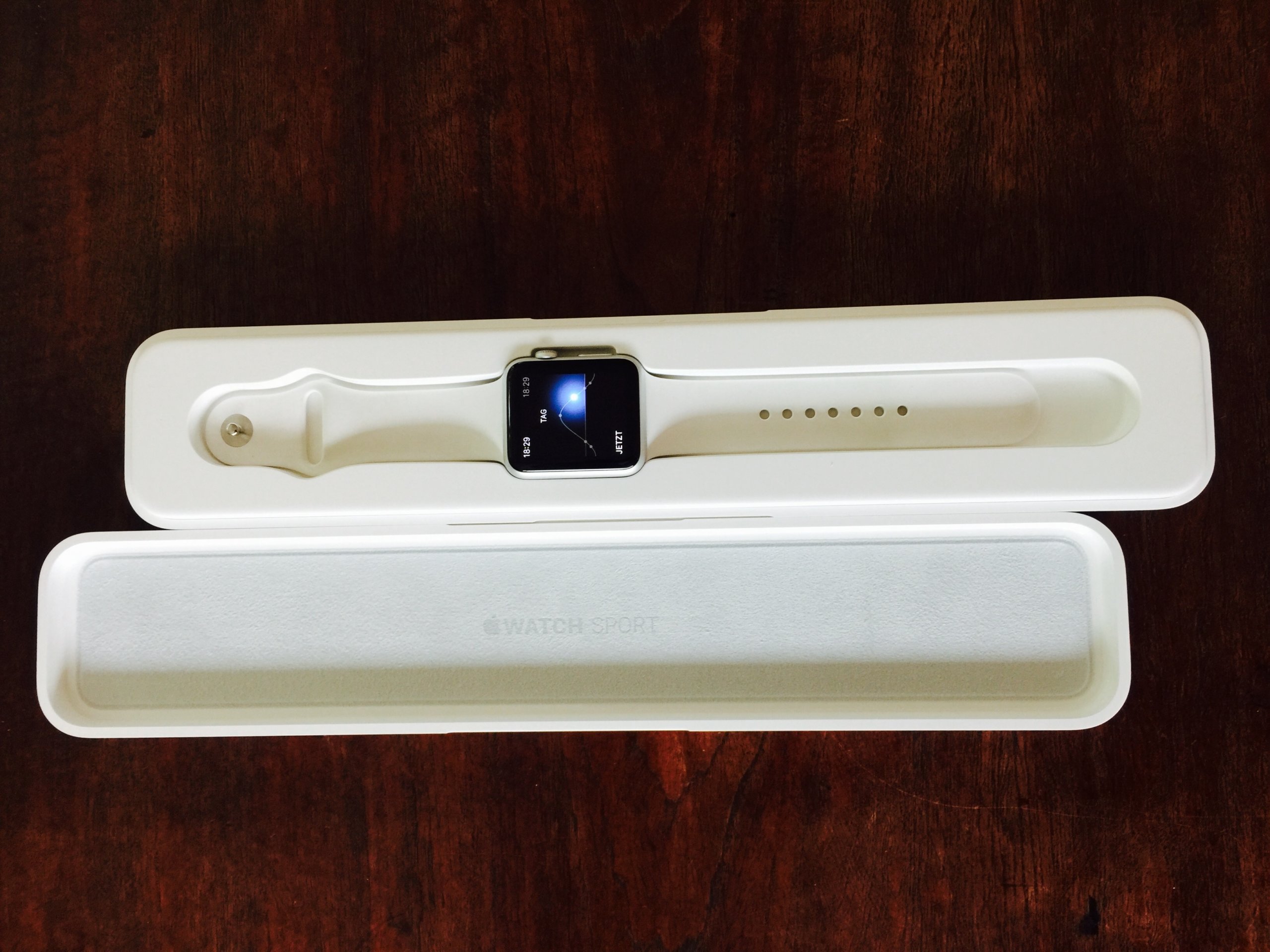
Apple has been aggressively moving into the medical development space, and it has transformed how many of us monitor our health. At the same time, the tech titan’s advancement into healthcare wearables has hurt Fitbit’s market share.
The once dominant leader in digital fitness trackers is now making moves to take the crown back from Apple. But regardless of who comes out on top in this wearable war, it’s clear there’s already a winner: Consumers.
Simplifying How We Stay Healthy
From a patient’s perspective, proper maintenance of type 2 diabetes depends on one data point: the amount of glucose in your bloodstream. Low equals good, while high equals bad. It’s simple to understand, but more difficult to adhere to.
And the consequences for failing to maintain glucose levels can result in some serious complications—loss of feeling in the limbs; weaker immune response; a higher risk of atrial fibrillation (AFib); heart, gum, retinal, and kidney disease—and this just scratches the surface.
30 million Americans deal with diabetes. The majority of these patients also suffer from high blood pressure, which affects approximately 75 million Americans. Before, monitoring all of the parameters associated with these conditions required a patchwork of services and devices. You’d need a wearable device to track steps, another monitor to watch for high blood pressure, and a smart scale to record factors like your weight and body fat percentage. And let’s not forget the need to measure blood glucose multiple times a day.
Today, Apple has managed to replace a convoluted health monitoring system like this with its Health app and Apple Watch. As a result, staying healthy has become a much simpler endeavor for many people around the world.
An Effort to Make Fitness More Accessible
Of course, Fitbit has taken notice of Apple’s efforts. Not long ago, the San Francisco-based developer of wearable devices was the clear-cut leader of the market. This was before the launch of the Apple Watch four years ago. Today, the company falls behind Apple to second place in smartwatches.
Fitbit hopes to change this in the near future with a new lineup of more affordable wearable devices. Last year, it saw some substantial success with the release of the $200 Fitbit Versa smartwatch. This year, the company’s following up with the release of Versa Lite, a simplified version of Versa that retails for $160. It’s also releasing Inspire, a new $70 activity tracker wristband, and an upgraded $70 version of Ace, Fitbit’s activity tracker geared towards kids.

Like its predecessor, the Versa Lite can track workouts, steps, calories burned, sleep stages, and heart rate. But to become more affordable, some design compromises had to be made. It doesn’t have an NFC chip for payments like the Versa Special Edition and also has no onboard Wi-Fi or storage capabilities for music. You also won’t be able to access Fitbit’s coaching app, Fitbit Coach, for onscreen workouts via the Versa Lite.
But the company is wagering that newcomers to the fitness wearable arena won’t mind. These new devices are catered toward potential users who are “price conscious, youthful, casual, and fun,” explains Melanie Chase, Fitbit’s Vice President of Marketing. “When we designed the Lite edition, we wanted to go after consumers who we felt had been left out of the smartwatch market.”
When you consider that the Apple Watch Series 4 retails at $400, it’s easy to see there’s room in the market for cheaper, simpler, and more accessible wearable devices. So Fitbit’s strategy may just work. But hardware is really just one part of its plan.
The company is also planning on pivoting more towards MedTech and software. In a partnership with Solera Health, Fitbit will issue Inspire and Inspire HR wristbands to participating companies to help their employees prevent diabetes. The company is also looking to redesign its mobile app to include a reward system. Essentially, this means that if you hit your fitness goals, you could receive a variety of prizes such as Blue Apron discounts or a pair of new sneakers from Adidas.
Getting to the Heart of the Matter
Even with all of these developments, it’s hard to say if Fitbit’s plans will help it take back the wearable throne from Apple. The Apple Watch can now function as an ECG that you can wear all day, every day. And it’s nothing short of a breakthrough.

The gold-standard ECG relies on a 12-lead test consisting of wires and electrodes that is usually administered by medical professionals. Apple Watch’s ECG functions by forming a circuit: The back of the watch makes contact with your left wrist, and you touch the watch’s crown with a finger of your right hand. By measuring the electrical activity in this circuit, Apple’s ECG can check if the upper and lower chambers of your heart are in rhythm.
As many as 6.1 million Americans have AFib, and as many as 700,000 more have undiagnosed irregular heartbeats. Each year, AFib contributes to approximately 130,000 deaths in the US. With traditional methods, even people with great access to healthcare usually only receive 2-3 ECGs per year.
Imagine what can be accomplished when preventative screening is more widely implemented like Apple has done. Thousands of lives could be saved.
Competition Spurs Innovation
It’s unclear who will be the leading wearable maker in a few years. But the benefits of the competition are readily apparent. Research shows that people do use these devices when they are made more accessible. Fitbit’s wearables now help more than 25 million users track their health. Expect this number to greatly increase with their newest lineup of affordable devices.
And beyond number of users, competition also encourages device makers to innovate more. Withings recently announced that its new watch will have ECG capabilities. It’s safe to say that consumer ECGs are here to stay, and they will only get cheaper and more ubiquitous with time.
It’s an exciting time to be a wearable developer or user. Tech companies like Apple and Fitbit are just beginning to tap into the potential of the mountain of health data they have before them. And it probably won’t be long before new capabilities we previously thought were impossible are now accessible right from your wrist.
What do you want to see in wearable development in the next few years? What capabilities or features do you think would most benefit consumers around the world? Let us know in the comments!





